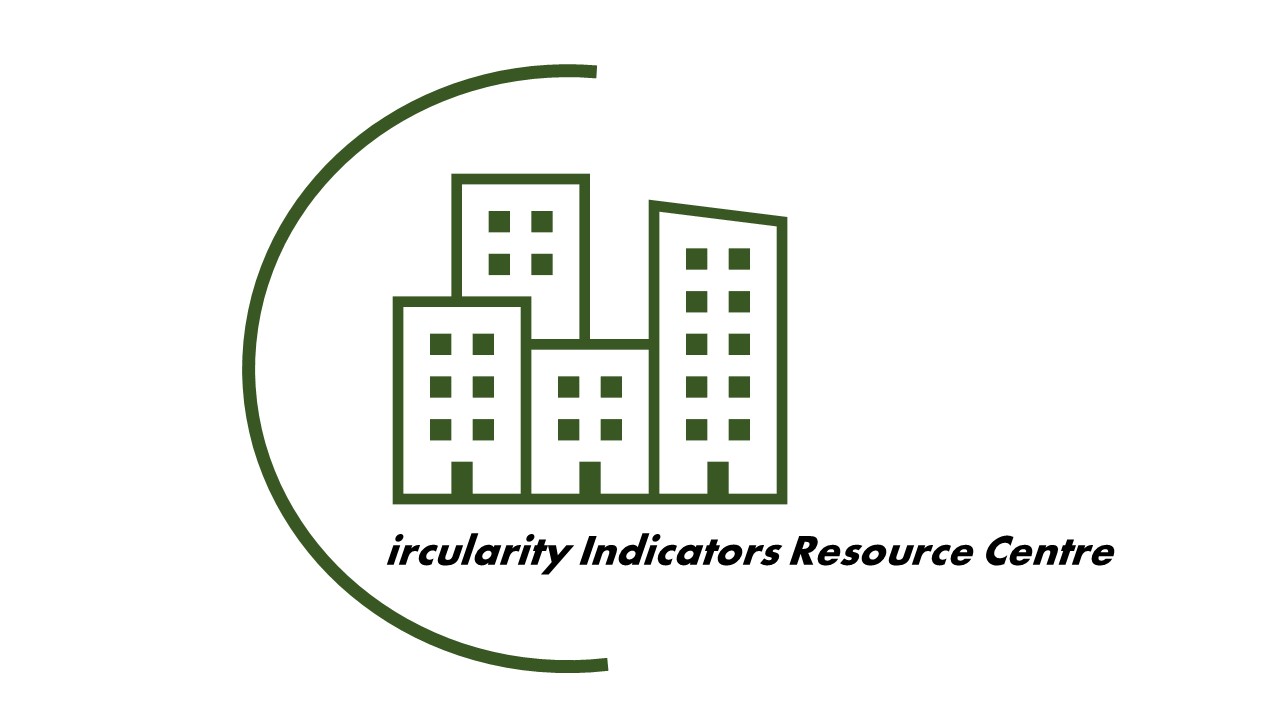

About Circularity Indicators Resource Centre
CIRC is an initiative by ISWA’s Circular and Low Carbon Cities (CALC) project. The intention of establishing CIRC is to bring forward evidence-based indicators that could be used to measure and benchmark the circularity in cities, regions, towns, and institutions. Click on the title of the indicators below to access them.
Circular and Low Carbon Cities (CALC) Indicator Excel Sheet
Indicators
Material Circularity Index- Company Level
The Material Circularity Indicator (MCI) of this section focuses on the restoration of material flows at product and company levels and is based on six principles
i) Sourcing biological materials from sustained sources
ii) Using feedstock from reused or recycled sources
iii) Keeping products in use longer
iv) Reusing components or recycling materials after the use of the product
v) Making more intensive use of products
vi) Ensuring biological materials remain uncontaminated and biologically accessible
Circular Economy Index- Transformation Measurement Index
In this index, the country that scores the highest value has a better track record of achieving the CE transformation. It indicates that a country’s economy can maximize resource efficiency by reducing waste, maintaining long-term value, reducing primary resources, and closing loops with products, parts, and materials within a framework that benefits society, protects the environment, and enhances economic sustainability.
Circularity Indicator by Zore
This measure the circularity of raw materials and energy in supply chain
Waste Circularity Index
WCI quantifies the performance of waste management accounting for electrical and electronic euipments, end-of-life- vehicles and municipal solid waste.
Consumption Inefficiency Index
CI index evaluates the consumption performance of a city Bangkok based on consumption of different product groups of interest, such as food, plastic, paper, textile and glass. It can be used to improve city’s policies on prodcut related waste management.
Circular Economy Development Indicator by Pakhomova and Rikhter
CEDI includes maintenance, reuse, recovery, and recycling of the quantifiable volumes of production and wastes for industries, as well as composting, anaerobic fermentation, and production of biochemical raw materials for the agricultural sector.
Inverse Indicator for Waste Prevention
A much simpler way to track the transition towards circular packaging is to measure the inverse indicator, i.e. the consumption of single-use packaging.
Circularity Indicator- Small Circle Approach
It advocates the need to manage the waste within a smaller geographical area to reduce the environmental burdens originating from the transboundary export of waste. Further, it ensures that the waste-producing regions take responsibility for their waste generation and management.
CALC Indicator
The Indicator rates the city circularity with a score. It captures the circular processes in the city to measure their availability, Intensity and impact.
Share Your Indicators
If you are working or know about the indicator that can be used to benchmark circularity for cities. Share it with us! We would love to make a discussion on it and bring it forward on CIRC.
For reporting indicator, write to: gdklerk@iswa.org
